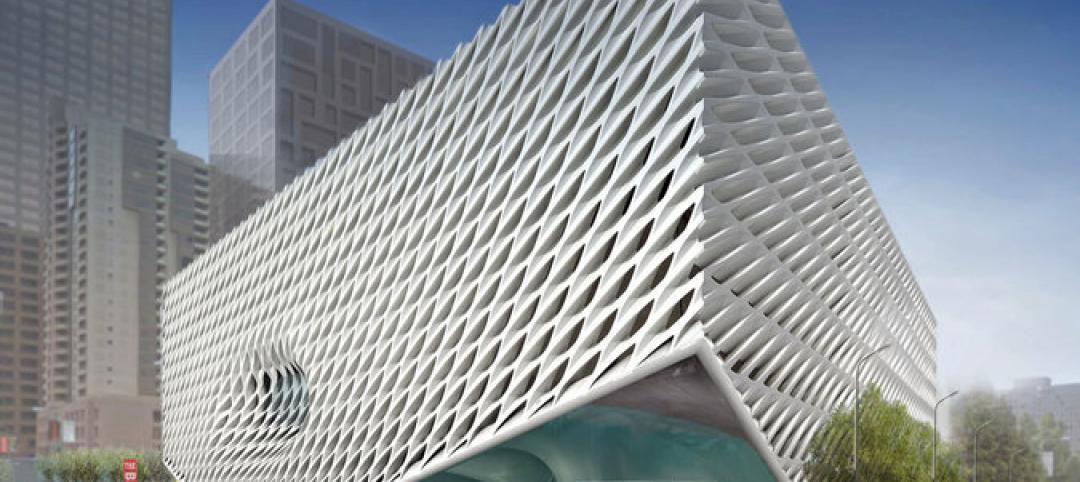The new Jean and Ric Edelman Fossil Park and Museum has broken ground on the Rowan University campus in Glassboro, N.J. The project’s design was inspired by the core themes of preservation, exploration, and education.
The museum is situated within an active dinosaur fossil dig site in Southern New Jersey that contains thousands of fossils and provides a view into life during the Cretaceous Period 66 million years ago. The dig site was used for mining for over a century and is now a 4-acre quarry, surrounded by a 65-acre property that allows “citizen scientists” to dig for fossils alongside Rowan University’s paleontologists.
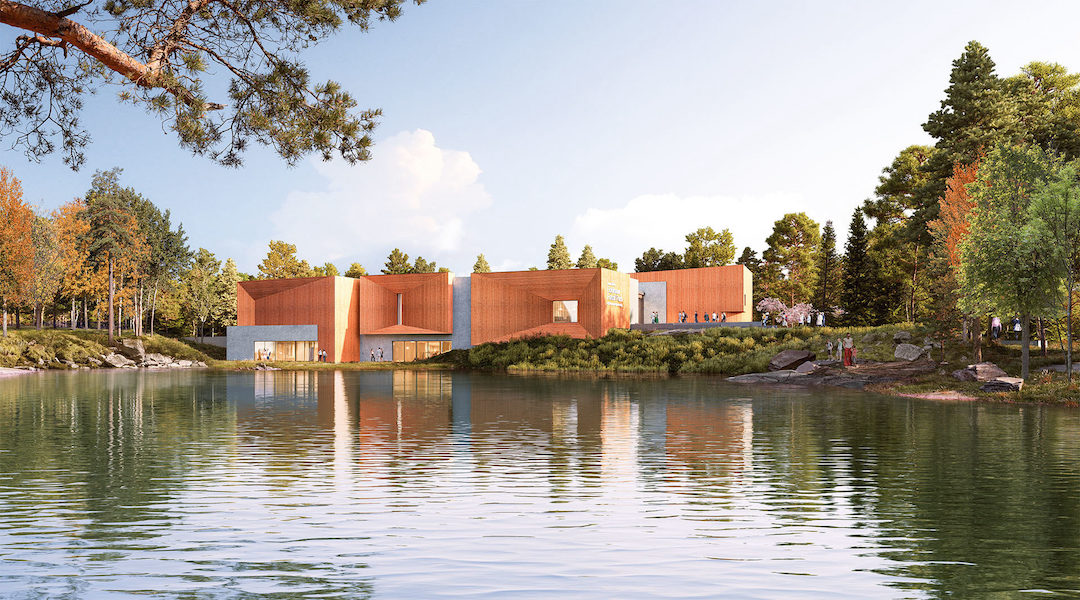
The design concept for the site was envisioned as a set of metaphorical camera obscuras. The site, the experience, and the architecture are all envisioned as a series of lenses. The building is nestled within the natural landscape as a series of small-scale pavilions that frame the dig site and encourage engagement with the present moment.
The 44,000-sf museum will feature a heavy timber and cross-laminated timber structure and wood cladding to maximize the use of renewable materials. It will act as a learning and research center and an exhibit experience with laboratory space and programs. The museum will feature three immersive galleries with fossils from the late Cretaceous period, full-scale reconstructions of extinct creatures, hands-on learning experiences, live animal attractions, virtual reality, connections to the natural world, and community gathering spaces.
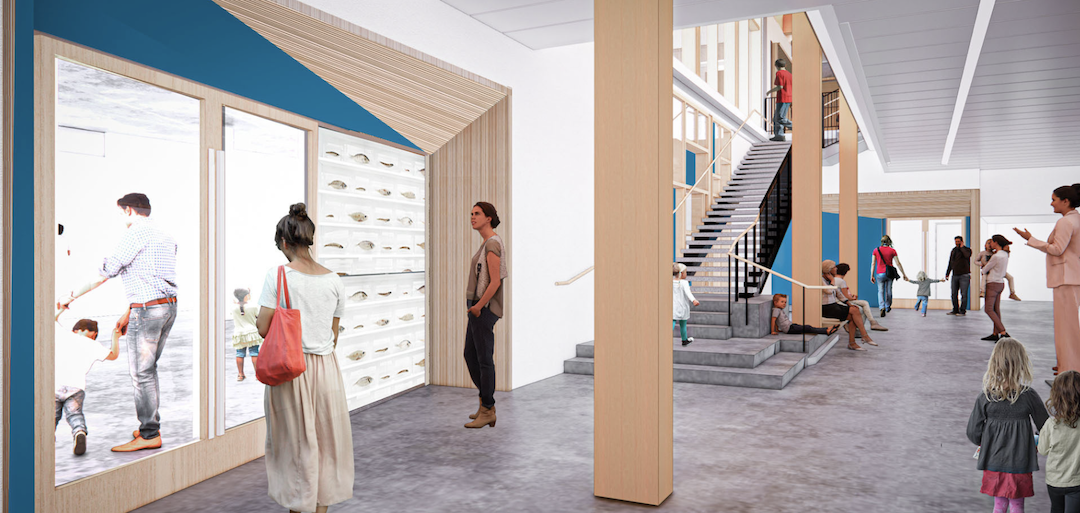
The project will be New Jersey’s largest public net zero facility. Sustainable features include geothermal wells for ground-source heating and cooling systems and a photo voltaic solar field. These features will allow 100% of the energy used by the museum to come from a combination of green energy from New Jersey’s power grid and the renewable energy produced on-site.
The Fossil Museum is slated for completion in 2023.

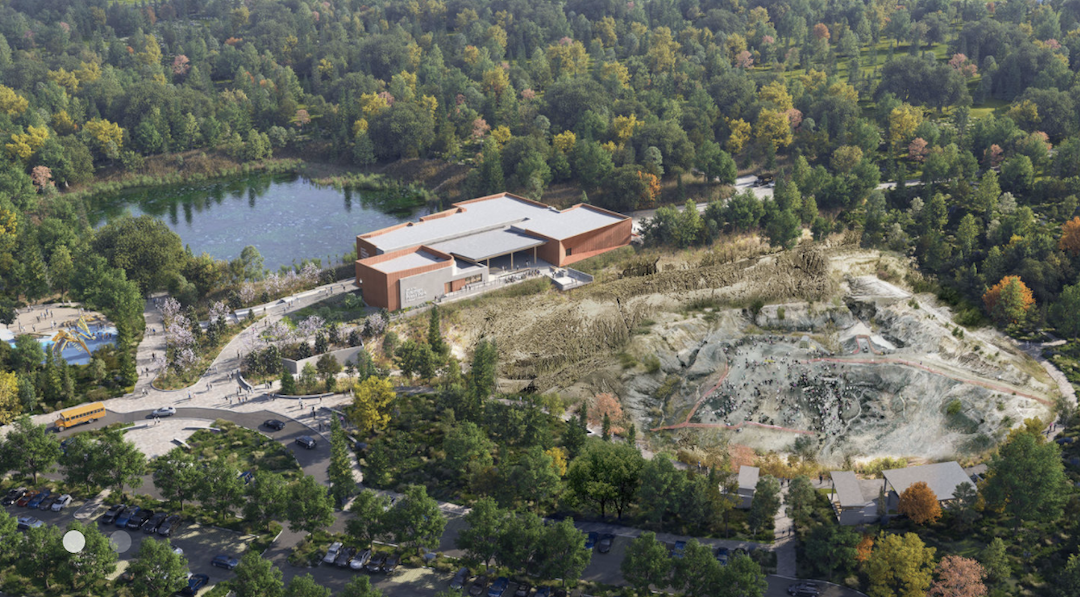
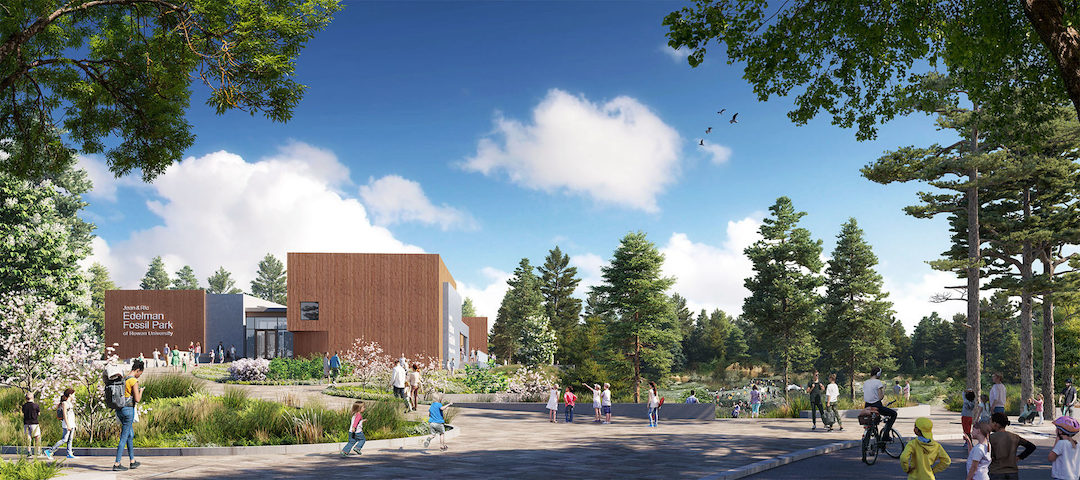
Related Stories
| Jun 18, 2014
Arup uses 3D printing to fabricate one-of-a-kind structural steel components
The firm's research shows that 3D printing has the potential to reduce costs, cut waste, and slash the carbon footprint of the construction sector.
| Jun 16, 2014
6 U.S. cities at the forefront of innovation districts
A new Brookings Institution study records the emergence of “competitive places that are also cool spaces.”
| Jun 13, 2014
First look: BIG's spiraling museum for watchmaker Audemars Piguet
The glass-and-steel pavilion's spiral structure acts as a storytelling device for the company's history.
| Jun 12, 2014
Tod Williams Billie Tsien Architects' design selected for new UCSC facility
The planned site is a natural landscape among redwood trees with views over Monterey Bay, a site that the architects have called “one of the most beautiful they have ever worked on.”
| Jun 12, 2014
Austrian university develops 'inflatable' concrete dome method
Constructing a concrete dome is a costly process, but this may change soon. A team from the Vienna University of Technology has developed a method that allows concrete domes to form with the use of air and steel cables instead of expensive, timber supporting structures.
| Jun 11, 2014
David Adjaye’s housing project in Sugar Hill nears completion
A new development in New York's historic Sugar Hill district nears completion, designed to be an icon for the neighborhood's rich history.
| Jun 9, 2014
Green Building Initiative launches Green Globes for Sustainable Interiors program
The new program focuses exclusively on the sustainable design and construction of interior spaces in nonresidential buildings and can be pursued by both building owners and individual lessees of commercial spaces.
| Jun 9, 2014
Eli Broad museum files $19.8 million lawsuit over delays
The museum, meant to hold Eli and Edythe Borad's collection of contemporary art, is suing the German company Seele for what the museum describes as delays in the creation of building blocks for its façade.
| Jun 4, 2014
Want to design a Guggenheim? Foundation launches open competition for proposed Helsinki museum
This is the first time the Guggenheim Foundation has sought a design through an open competition. Anonymous submissions for stage one of the competition are due September 10, 2014.
| May 29, 2014
7 cost-effective ways to make U.S. infrastructure more resilient
Moving critical elements to higher ground and designing for longer lifespans are just some of the ways cities and governments can make infrastructure more resilient to natural disasters and climate change, writes Richard Cavallaro, President of Skanska USA Civil.








